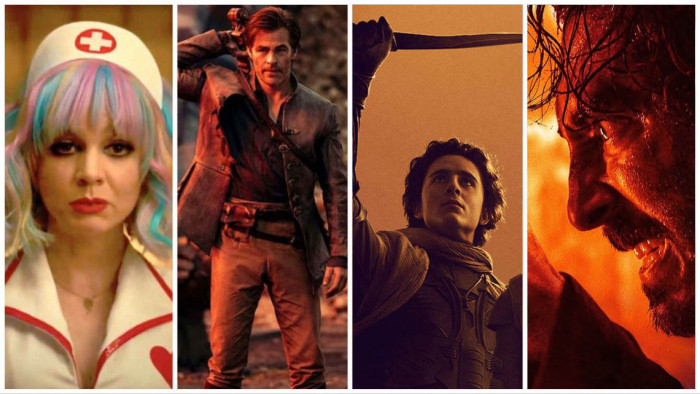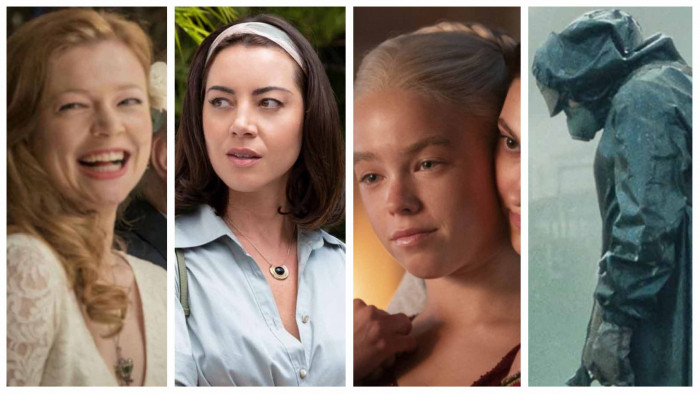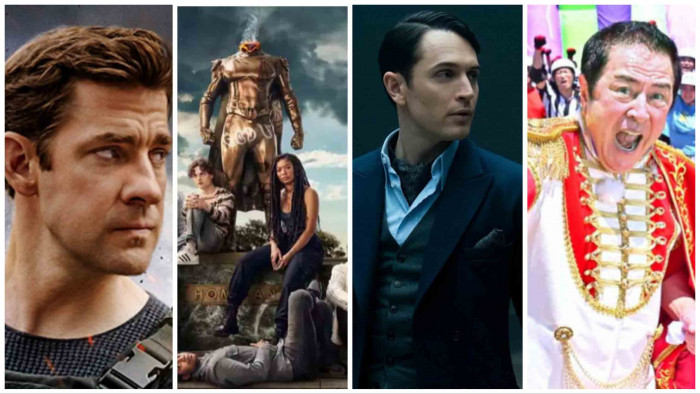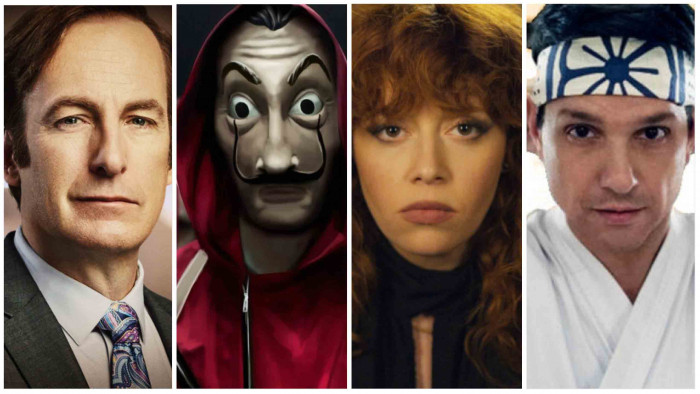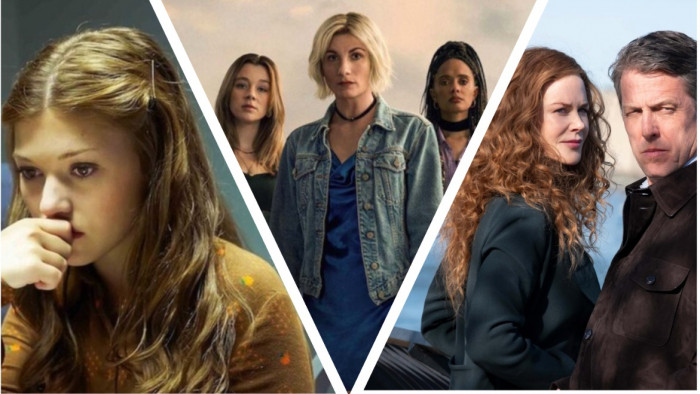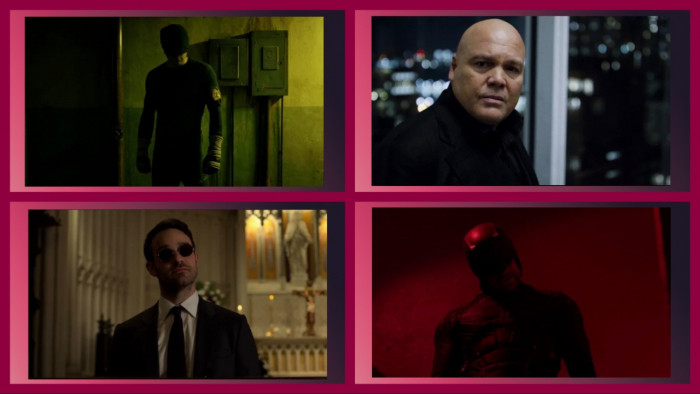As the real life case threatens to spark back into life, it seems that the Netflix documentary that started it all is going to crank back into action too.
Laura Ricciardi and Moira Demos, directors of the wildly successful Making a Murderer series, have confirmed that they are making preparations for more episodes of the programme, which focused on the 2005 court case in Manitowoc which saw Steven Avery convicted for the murder of photographer Teresa Halbach, and his nephew Brendan Dassey also sent to jail.
The duo have been in contact with Avery's new lawyer Kathleen Zellner, who has been busy compiling evidence for an appeal since the broadcast of the series, in order to secure a retrial.
Ricciardi, speaking at a panel discussion in New York last week said, “From our perspective this story is obviously not over. It’s real life and (Avery’s and Brendan Dassey’s) cases are both still pending. We have no idea when the magistrate will make a decision in Brendan’s case. We do know that two potential outcomes are that the judge could order Brendan’s release or he could order a new trial. So we are on the edge of [our] seats about that. To the extent that there are significant developments, we would like to continue documenting this (case).”
However, they may not find a clear path to being able to document proceedings with quite the same freedom as before.
Avery's civil lawyer Stephen M Glynn told a recent film panel in New York that “There is a lot of hostility toward these two women (Ricciardi and Demos) in Wisconsin. The theory is that [they] have played Wisconsin unfairly. But among those people who think and are a little more educated and thoughtful about these sorts of issues, there is appreciation.”
They also revealed how they managed to get the original series off the ground, writing letters to Avery and his fellow subjects after reading a story in the New York Times.
Production adviser Maureen A Ryan explained: “You can’t underestimate the power of a well-written, heartfelt letter in the world of documentary filmmaking. Filmmakers constantly get ‘no’s’ from so many people they want access to. I find that the directors who can write these kinds of letters are able (to gain entry) to a world that everyone else got a ‘no’ for.”
Editor Mary Manhardt, who joined the project in January 2015, also gave an insight into the editing process:
“I was transfixed by the rough cuts, which is not often the case. Sometimes when you watch a cut you see a seed of something developing, but with this one, it was already there... The cliffhanger aspect of this series was hard to get. As was the fact that in a streaming situation you don’t have to reset at the beginning of each episode. So the way it is going to be viewed changes the way you cut in subtle ways. The fact that you are not having to reset and remind the audience where we were at is big.”
[via Variety]


